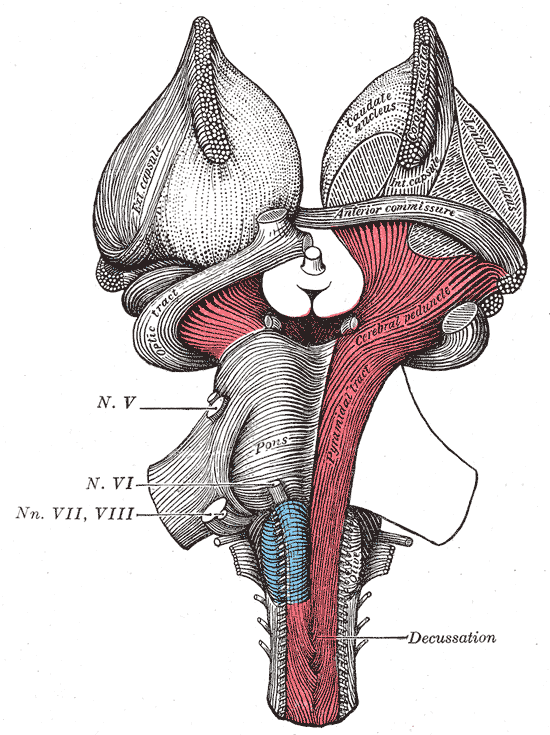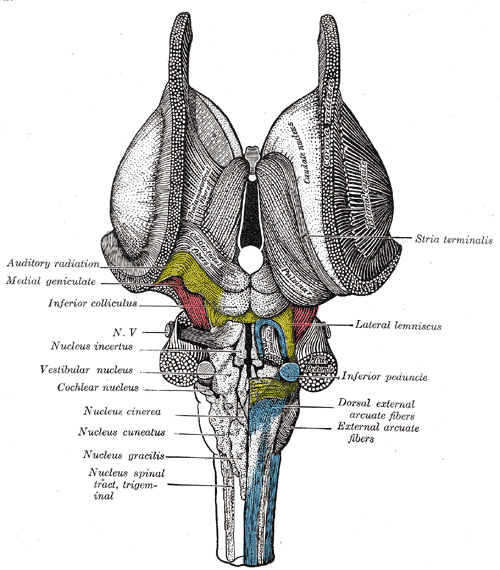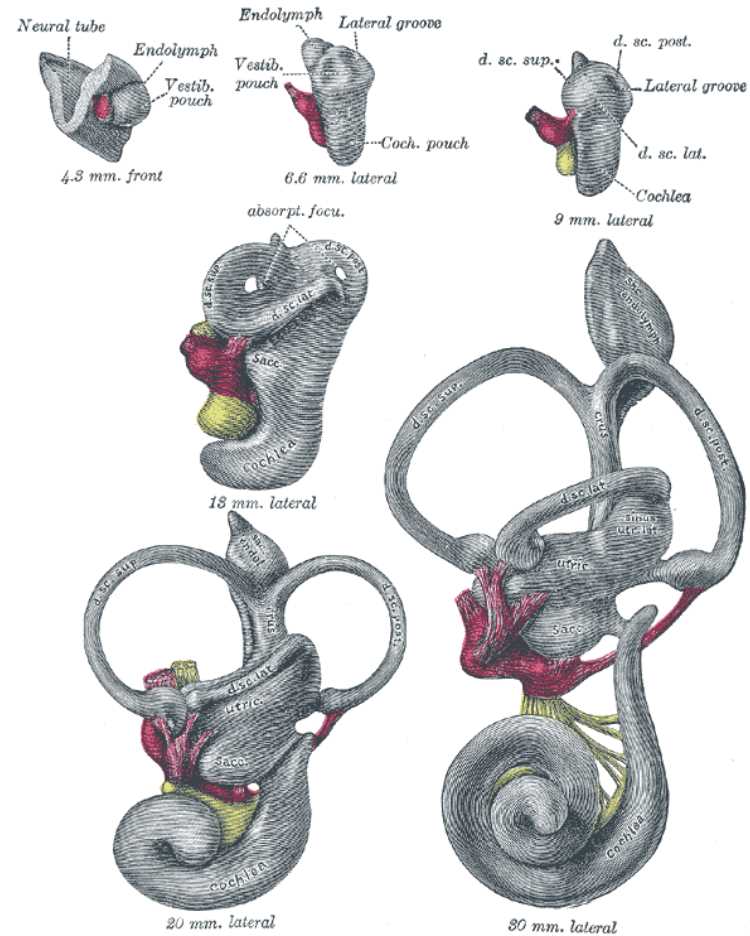[1]
Khan S, Chang R. Anatomy of the vestibular system: a review. NeuroRehabilitation. 2013:32(3):437-43. doi: 10.3233/NRE-130866. Epub
[PubMed PMID: 23648598]
[2]
Barmack NH. Central vestibular system: vestibular nuclei and posterior cerebellum. Brain research bulletin. 2003 Jun 15:60(5-6):511-41
[PubMed PMID: 12787870]
[3]
Highstein SM, Holstein GR. The anatomy of the vestibular nuclei. Progress in brain research. 2006:151():157-203
[PubMed PMID: 16221589]
[4]
Kheradmand A,Zee DS, The bedside examination of the vestibulo-ocular reflex (VOR): an update. Revue neurologique. 2012 Oct;
[PubMed PMID: 22981296]
[5]
Barkovich AJ, Millen KJ, Dobyns WB. A developmental and genetic classification for midbrain-hindbrain malformations. Brain : a journal of neurology. 2009 Dec:132(Pt 12):3199-230. doi: 10.1093/brain/awp247. Epub
[PubMed PMID: 19933510]
[6]
Weghorst FP, Cramer KS. The evolution of hearing and balance. eLife. 2019 Feb 8:8():. doi: 10.7554/eLife.44567. Epub 2019 Feb 8
[PubMed PMID: 30735124]
[7]
Lipovsek M, Wingate RJ. Conserved and divergent development of brainstem vestibular and auditory nuclei. eLife. 2018 Dec 19:7():. doi: 10.7554/eLife.40232. Epub 2018 Dec 19
[PubMed PMID: 30566077]
[8]
Savoiardo M,Bracchi M,Passerini A,Visciani A, The vascular territories in the cerebellum and brainstem: CT and MR study. AJNR. American journal of neuroradiology. 1987 Mar-Apr;
[PubMed PMID: 3105277]
[9]
Malinvaud D, Vassias I, Reichenberger I, Rössert C, Straka H. Functional organization of vestibular commissural connections in frog. The Journal of neuroscience : the official journal of the Society for Neuroscience. 2010 Mar 3:30(9):3310-25. doi: 10.1523/JNEUROSCI.5318-09.2010. Epub
[PubMed PMID: 20203191]
[10]
Haines DE. Cerebellar corticonuclear and corticovestibular fibers of the flocculonodular lobe in a prosimian primate (Galago senegalensis). The Journal of comparative neurology. 1977 Aug 15:174(4):607-30
[PubMed PMID: 903421]
Level 2 (mid-level) evidence
[11]
McCall AA, Miller DM, Yates BJ. Descending Influences on Vestibulospinal and Vestibulosympathetic Reflexes. Frontiers in neurology. 2017:8():112. doi: 10.3389/fneur.2017.00112. Epub 2017 Mar 27
[PubMed PMID: 28396651]
[13]
Suh MW, Hyun J, Lyu AR, Kim DW, Park SJ, Choi JW, Hur GM, Park YH. Compensation of Vestibular Function and Plasticity of Vestibular Nucleus after Unilateral Cochleostomy. Neural plasticity. 2016:2016():7287180. doi: 10.1155/2016/7287180. Epub 2016 Jan 12
[PubMed PMID: 26881130]
[14]
Fetter M. Acute unilateral loss of vestibular function. Handbook of clinical neurology. 2016:137():219-29. doi: 10.1016/B978-0-444-63437-5.00015-7. Epub
[PubMed PMID: 27638073]
[15]
Marcus HJ, Paine H, Sargeant M, Wolstenholme S, Collins K, Marroney N, Arshad Q, Tsang K, Jones B, Smith R, Wilson MH, Rust HM, Seemungal BM. Vestibular dysfunction in acute traumatic brain injury. Journal of neurology. 2019 Oct:266(10):2430-2433. doi: 10.1007/s00415-019-09403-z. Epub 2019 Jun 14
[PubMed PMID: 31201499]
[17]
Ferbert A, Brückmann H, Drummen R. Clinical features of proven basilar artery occlusion. Stroke. 1990 Aug:21(8):1135-42
[PubMed PMID: 2389292]



